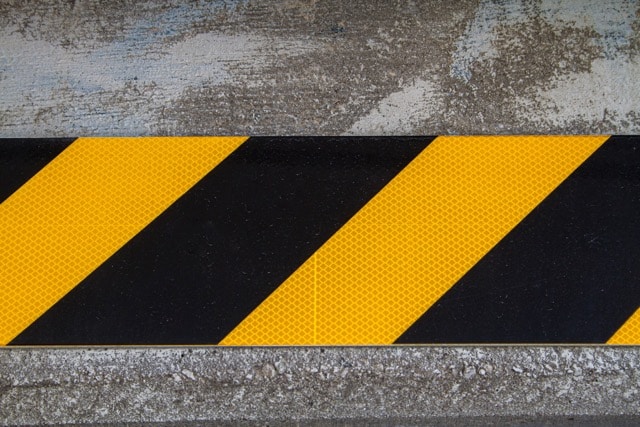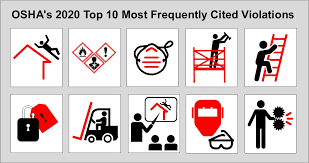It is an unfortunate fact that slips, trips and falls are a leading cause of unintentional injuries and deaths in every industry. Wet surfaces, spills, snow, ice, rain, loose mats and a number of other hazards often found on jobsites can contribute to these accidents.
4 Reasons to Get NCCCO Certified
What is the NCCCO?
The NCCCO or the National Commission for the Certification of Crane Operators was formed in 1995 with the mission to develop effective performance standards for those who work in and around load handling equipment. Their certification programs are designed to ensure employees working with load handling equipment are skilled and knowledgeable.
How to Prepare for an Onsite OSHA Inspection
This year marks the 50th year of the Occupational Safety and Health Act. Signed into law in 1970 and enacted on April 28, 1971, the OSH Act requires that employers follow all relevant OSHA safety and health standards and correct all safety and health hazards. Today, OSHA has jurisdiction over approximately 7 million worksites and has significantly reduced workplace fatalities, injuries and illnesses through their enforcement program over the past five decades. OSHA compliance officers are safety professionals or industrial hygienists who conduct inspections based on imminent danger situations, worker fatalities or hospitalizations, severe injuries or illnesses, worker complaints, referrals, targeted inspections aimed at specific high hazard industries or follow-up inspections. Each OSHA inspection can be broken down into three main parts; the opening conference, the actual inspection or “walk around” and the closing conference. Knowing what to expect during these three critical parts of an OSHA inspection can help your company be prepared and avoid the stress of an OSHA inspection. Here are some tips to help you get ready:
OSHA Top 10 Cited Standards
Each year, OSHA updates their list of the most common standards cited following an inspection of worksites by federal OSHA compliance officers. Although the order of these citations may change, you will find these ten violations recur year to year. Being aware of these frequently cited standards, can help employers develop safety programs to prevent many injuries and illnesses that occur in the workplace.



